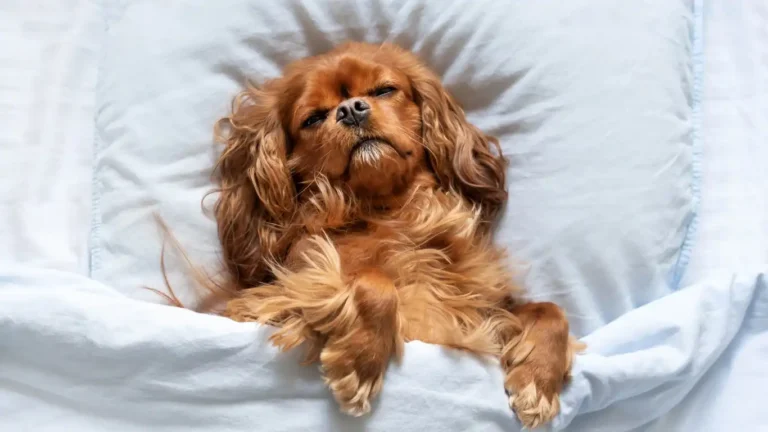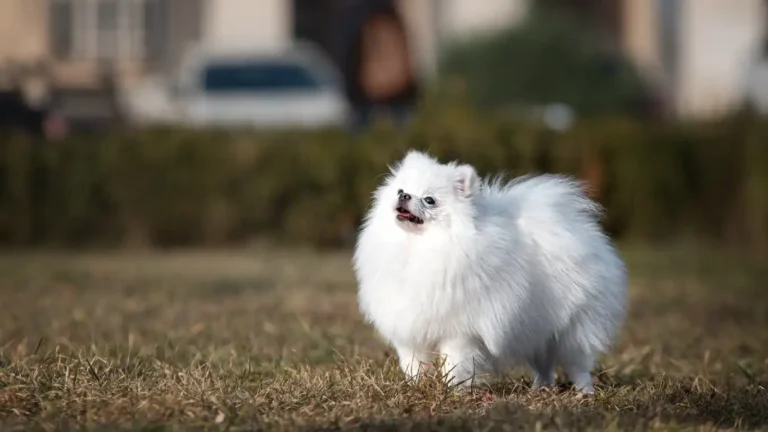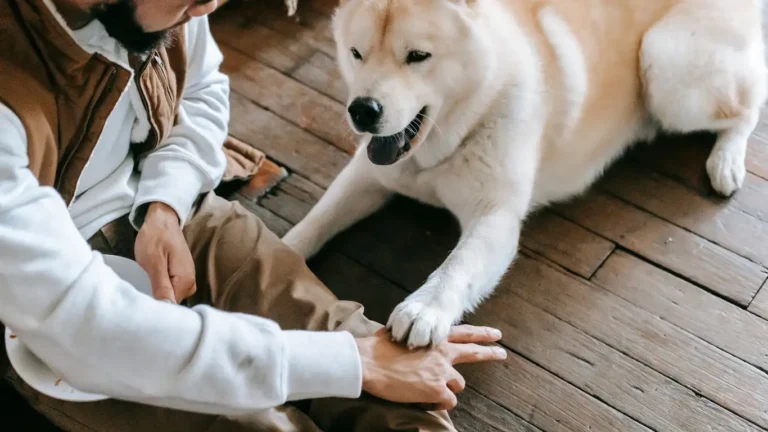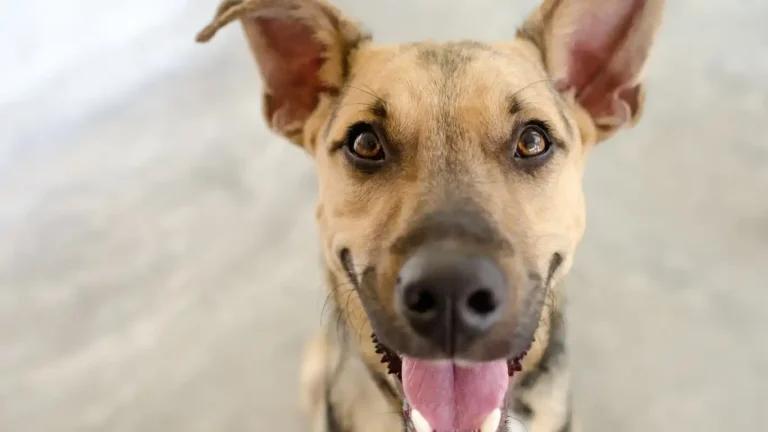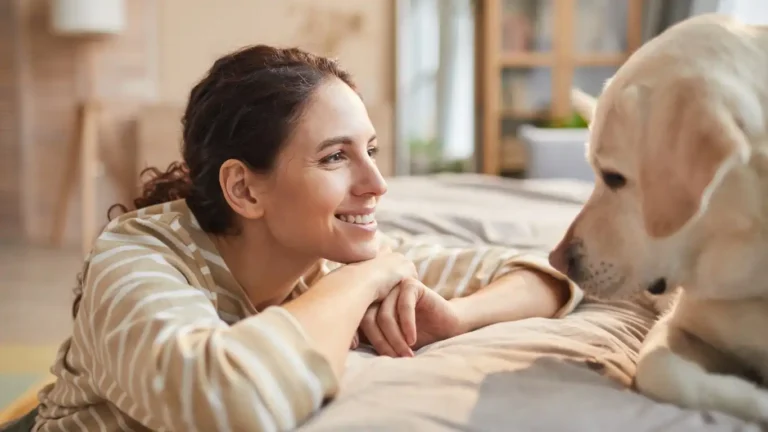Safe & Fun Indoor Play Area Ideas for Dogs That Actually Work
Let’s talk about something I get asked a *lot* as a Veterinary Technician specializing in nutrition: how to create a safe indoor play area for dogs. I’ve had countless pet parents come to me feeling overwhelmed, especially when the weather outside makes outdoor play a no-go. Whether you’re living in an apartment or just want to keep your dog mentally and physically engaged indoors, there’s a lot you can do to build a fun, stimulating, and most importantly, safe space. And hey—I’ve done it for my own pups and walked plenty of clients through it, so you’re not alone in figuring this out.
Why Indoor Play Matters More Than You Think
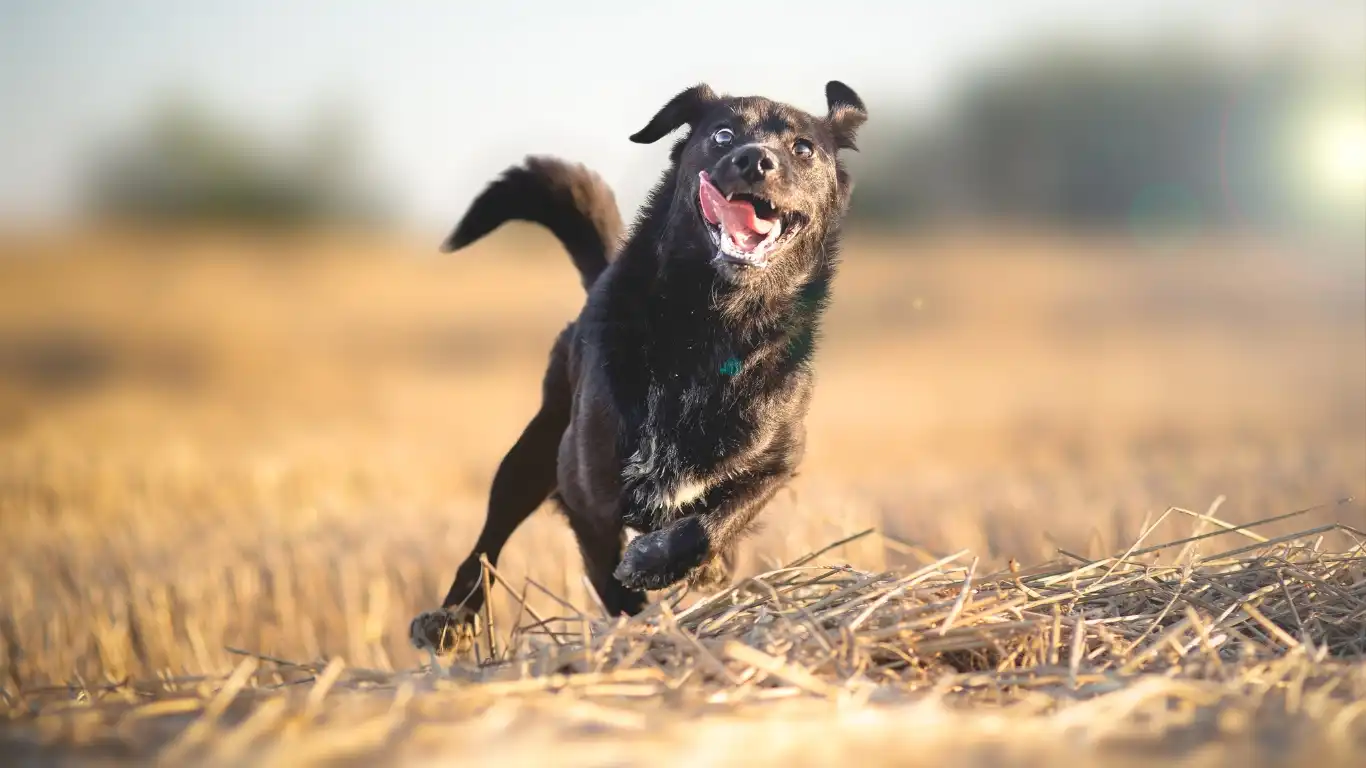
We often underestimate how much our dogs need to burn off energy—especially the high-drive breeds. Trust me, I’ve seen my fair share of bored Border Collies and restless Retrievers. An indoor play area doesn’t just keep your furniture intact (goodbye, chewed-up shoes), it supports mental stimulation, reduces anxiety, and helps with weight management. As someone focused on nutrition, I always remind pet parents that calories in need to be balanced with energy out. And no, pacing the hallway doesn’t cut it for most pups!
The Connection Between Nutrition and Activity
Here’s something I emphasize during consults: an active dog is a healthy dog. When you set up an indoor area, you’re not just giving them a playground—you’re creating a lifestyle. Dogs fed on high-quality diets with proper macronutrient ratios (yes, I geek out over those) need proper outlets to utilize that energy. A well-fed dog who’s bored can turn destructive real fast. That’s why designing a space for activity is part of the wellness puzzle—not just a convenience thing.
Start With a Safe Foundation
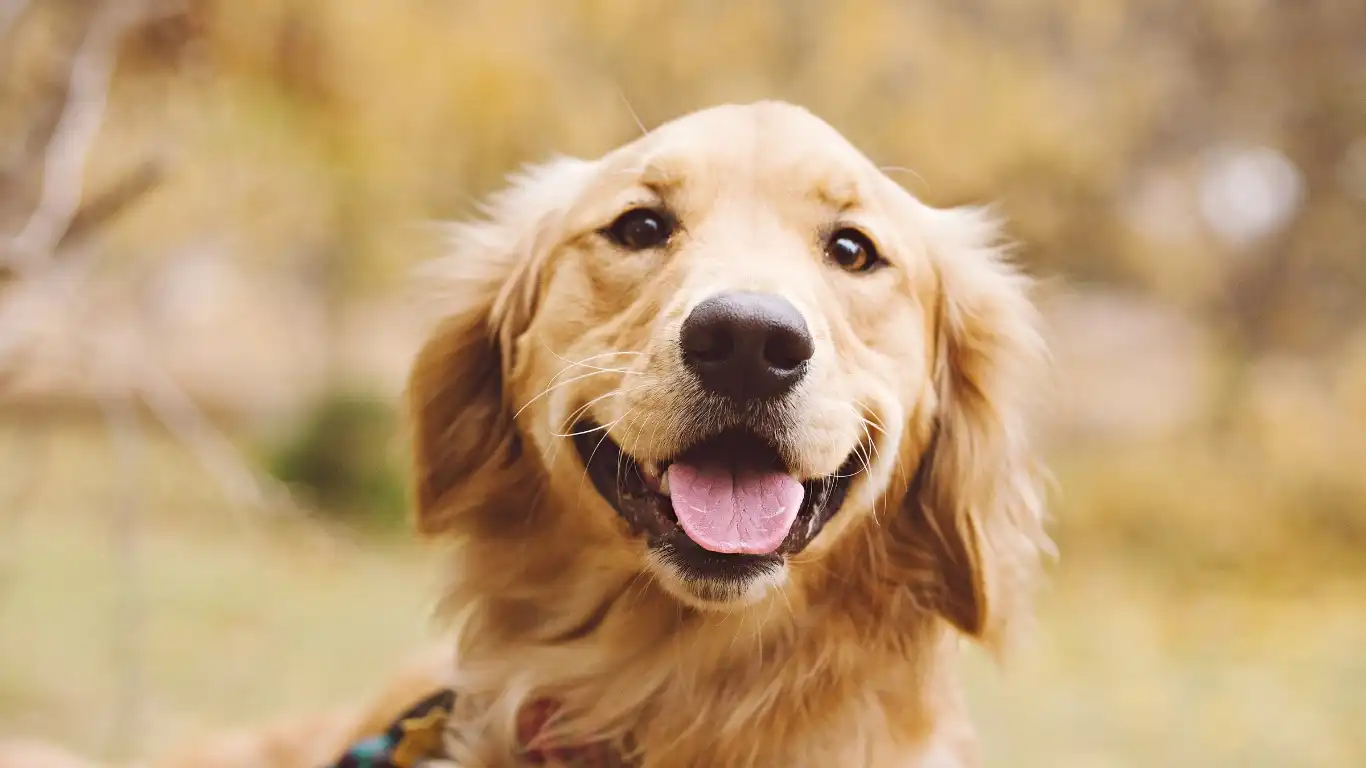
Pick the Right Spot in Your Home
You don’t need a whole spare room (although if you have one—jealous!). Start by picking a quiet, open space free of sharp furniture corners and anything fragile. Your living room, hallway, or even a cleared-out office can work. Just make sure it’s a place where your dog feels comfortable. Dogs are sensitive to noise and light, so avoid areas near loud appliances or constant foot traffic.
Flooring Safety First
This is a biggie I always bring up: flooring. Slippery surfaces like tile or hardwood aren’t just unsafe—they can cause long-term joint issues, especially in puppies and senior dogs. Lay down some non-slip rugs, foam play mats, or rubber interlocking tiles. Bonus points if they’re easy to clean. I’ve had a few clients go all out and use anti-fatigue mats like you see in kitchens—totally paw-friendly!
Remove Hazards Before the First Play Session
Take a walk through the space on all fours. Sounds silly, but it’s a vet tech trick. You’ll notice exposed cords, loose nails, or even forgotten snacks hiding under the couch (your dog already knows they’re there). Remove breakables, secure electrical cords with cord covers, and make sure windows are locked if they’re low to the ground. Trust me, I’ve seen more than one escape artist make it through a cracked-open window.
Stock the Area With Enrichment Essentials
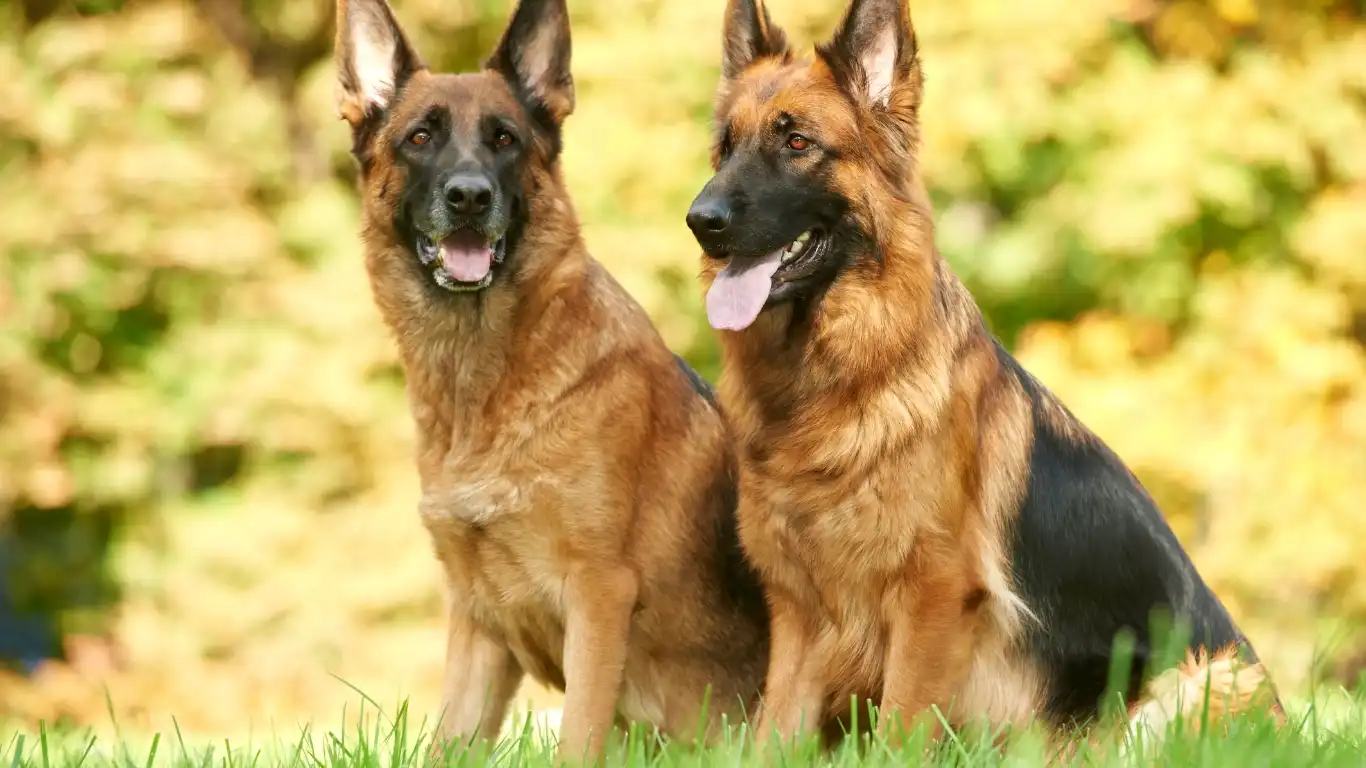
Toys That Do More Than Squeak
Let’s talk enrichment. Not all toys are created equal. Go for toys that challenge your dog’s brain, like puzzle feeders, treat-dispensing balls, or snuffle mats. I like to rotate a few different types throughout the week to keep things fresh. Dogs love novelty almost as much as peanut butter.
- Treat puzzles: Great for mental stimulation and slowing down fast eaters
- KONGs stuffed with frozen goodies: A lifesaver during Zoom calls
- Tug ropes: Ideal for interactive play—just make sure the fibers don’t shred too easily
- Soft plush toys: Perfect for gentle chewers or dogs who like a “baby” toy
One tip from the clinic: always supervise new toys at first. Some dogs are stealthy destructors, and even the “toughest” toys can end up in pieces fast. I once saw a Lab shred a “durable” toy in under five minutes—true story.
Chew Options to Calm and Focus
Chewing is more than a boredom-buster. It actually helps dogs regulate their emotions and decompress. I recommend having a variety of chew-safe options like natural rubber chews, dehydrated beef tracheas, or even carrots for light nibblers. Just skip the rawhide—it’s a digestive nightmare. And always size appropriately to prevent choking.
Designate a Chill Zone
Dogs need a space to unwind too, especially after all the excitement. Add a cozy dog bed or blanket in a quiet corner with low lighting. This helps with decompression and prevents overstimulation. I always say: enrichment isn’t about non-stop action—it’s about balance. Think of it like yoga for dogs.
Establish a Routine and Set Boundaries
Make It Part of Their Daily Life
One thing I’ve learned from working with hundreds of dogs—consistency is key. Set a regular time for play and keep the area available throughout the day for spontaneous zoomies or brain games. This helps your dog anticipate fun and burn energy predictably, which reduces anxiety and behavior issues.
Teach Your Dog the “Rules of the Room”
Training your dog to understand what this space is for makes a huge difference. Use basic cues like “go play,” “settle,” and “leave it” during playtime. Not only does this reinforce obedience, but it also helps them feel secure and confident. Remember, dogs thrive on structure—even in play.
Incorporate Interactive Training Into Playtime
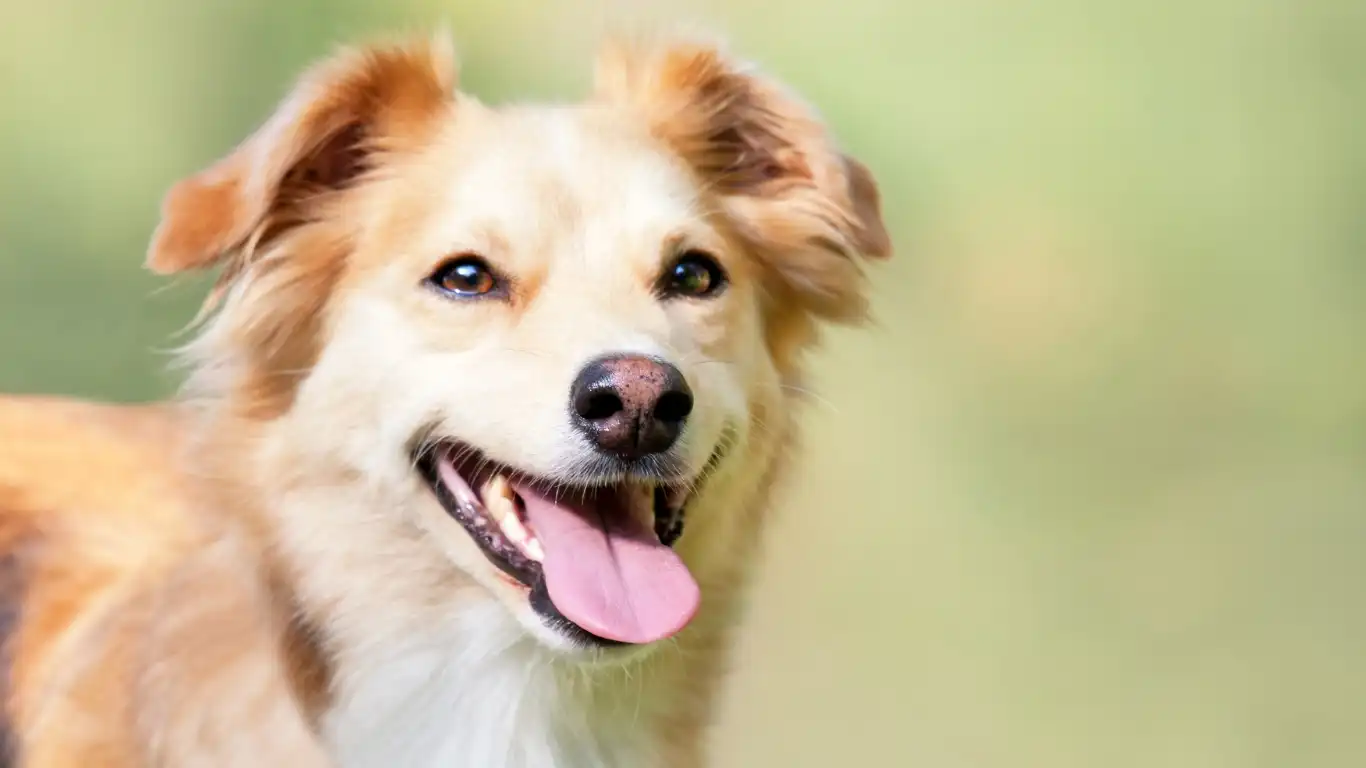
Okay, let’s level up your dog’s indoor play area with some training that doubles as fun. A lot of folks think of training as separate from play, but when you blend the two? Magic happens. I’ve had clients come back thrilled because their high-energy dogs started responding better to commands just from practicing in their new indoor space.
Games That Teach and Entertain
One of my go-to suggestions is “Find It”. It’s simple, but mentally stimulating. You hide a favorite toy or some treats in different corners of the play zone and cue your dog to find them. This taps into their natural sniffing instincts (and it’s hilarious to watch them zoom around with their noses to the ground). It’s especially great for rainy days when walks are limited.
Another favorite? Obstacle courses. You don’t need agility gear—grab some chairs, a broomstick, cushions, and boxes. Set up tunnels, jumps, or a zig-zag path. Guide them through with treats or toys and toss in basic commands like sit, wait, and come. Trust me, your dog won’t even realize it’s training time.
Reinforce Positive Behavior During Play
Use this indoor time to practice good manners. Things like not rushing the toy bin, waiting their turn if you’ve got more than one pup, or calming down before starting a new activity. I tell pet parents all the time—the play area can be one of your strongest tools for behavioral shaping. And it’s way more fun than strict obedience drills.
Rotate Activities to Prevent Boredom
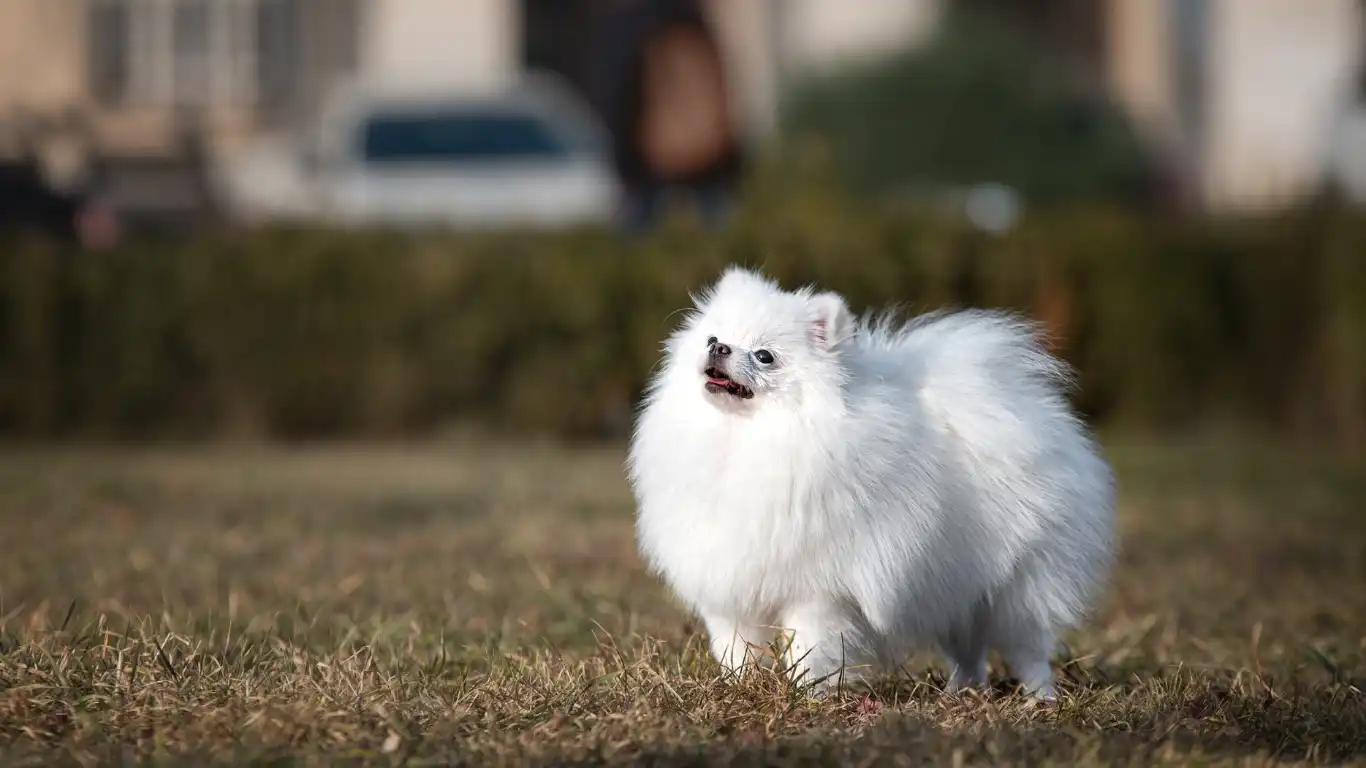
Just like we get bored of the same playlist, dogs get tired of the same old tennis ball game. Rotating activities and toys keeps the indoor area feeling fresh and exciting. I recommend creating a weekly rotation. Not only does it prevent boredom, but it also reduces overstimulation and anxiety.
Weekly Enrichment Rotation Example
- Monday: Puzzle feeders and slow-sniff treat hunts
- Tuesday: Training-focused play (basic commands + fun games)
- Wednesday: Obstacle course challenges
- Thursday: Tug-of-war or fetch (yes, fetch works in a hallway!)
- Friday: Frozen treat day with a filled KONG or lick mat
- Weekend: Chill play with plush toys or gentle massage sessions
That last one’s underrated—dogs benefit so much from gentle physical contact. A lot of behavior issues are rooted in stress. Slow, intentional touch in a safe space can help them regulate, especially if they’re rescues or have anxiety.
Make It Sensory-Rich, Not Overstimulating
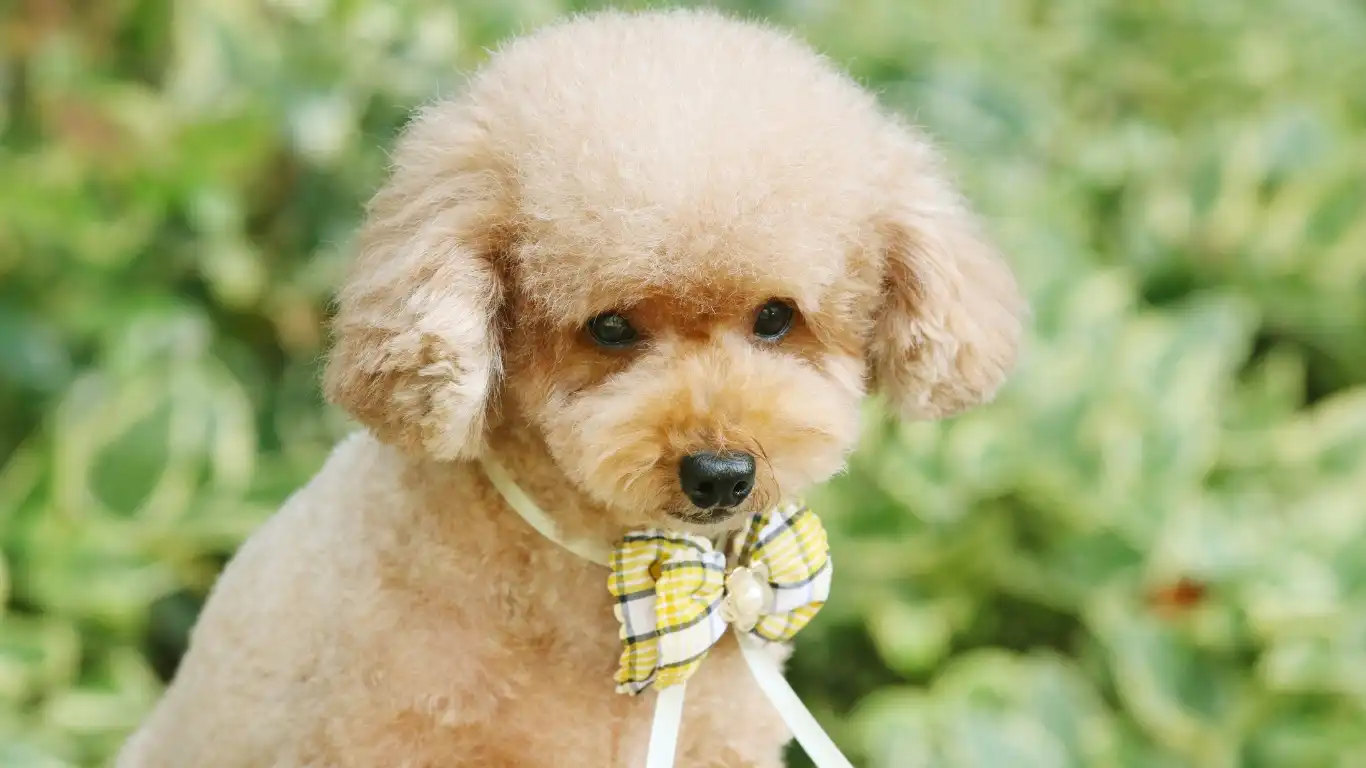
Here’s a pro tip from both a vet tech and nutrition standpoint: a sensory-rich environment promotes healthy neurological function and emotional balance. That’s not just fluff—it’s backed by behavior science and something I’ve seen firsthand with dozens of dogs.
Add Scent and Texture Play
Introduce different scents (in moderation!) like lavender or chamomile via dog-safe essential oil diffusers. Just a drop in a well-ventilated area can provide calming vibes. I’ve used it in post-op recovery zones to help keep stress levels down. You can also rotate textured mats, from faux grass to fleece to rubber. Let your pup explore and decide what they prefer—some will nestle right in, others might roll and rub like they’ve found treasure.
DIY Sensory Boxes
If you want to get crafty, try building a sensory box. Take a shallow bin, add safe items like tennis balls, old t-shirts, and soft squeaky toys, and toss in a few treats to discover. You’d be amazed how much sniffing and digging they’ll do. Just supervise—some dogs will try to turn it into a buffet.
Tailor the Space for Your Dog’s Age and Energy Level
There’s no one-size-fits-all when it comes to indoor play areas. What works for a spunky two-year-old Aussie won’t be ideal for a twelve-year-old Yorkie with arthritis. One of the things I always stress in nutrition consultations is tailoring everything—diet, exercise, enrichment—to the dog in front of you. The same logic applies here.
Puppy Play Zones
With puppies, focus on safe exploration. Everything goes in their mouths, so keep the area stocked with sturdy teething toys and supervised chewables. Set up soft barriers like baby gates and create a secure “yes zone” where nothing is off-limits (except your slippers, hopefully!). Bonus tip: add a snuffle mat to encourage calm sniffing and nose work.
Senior Dog Considerations
Seniors still need stimulation, just at a slower pace. Swap out high-jump obstacles for gentle puzzles, scent work, and tactile massage sessions. Soft flooring is a must to protect aging joints. I’ve had great results using heated mats and orthopedic beds right in their play area so they can rest between light play sessions.
High-Energy Breeds vs. Chill Companions
If your dog’s got a motor that won’t quit (looking at you, Huskies and Jack Russells), use toys and games that engage their brains. A tired brain = a tired dog. For chill breeds, you might focus more on interactive toys and calming routines. The key is knowing what gets your dog engaged and what wears them out in a healthy, productive way.
Keep It Clean, Safe, and Supervised
It might seem obvious, but keeping your dog’s indoor zone clean and hazard-free is crucial. I recommend a quick daily tidy-up and a more thorough weekly clean. Wipe down toys, vacuum fur (it multiplies, I swear), and check for wear-and-tear on rugs or chew items. Dogs are sneaky—what looks fine one day can be shredded the next.
Sanitize Smartly
Skip the harsh chemicals. Go for pet-safe cleaners or a diluted vinegar solution. I had a client use a heavy-duty floor cleaner once, and her poor Beagle ended up with irritated paws and a vet visit. Lesson learned—always check labels and rinse well if you mop.
Supervise and Adjust As You Go
Even the best play space needs tweaks. Watch how your dog uses the area and make adjustments based on their preferences. Are they ignoring one section? Maybe it’s too bright or noisy. Are they fixated on a single toy? Rotate it out and bring it back next week. This isn’t a set-it-and-forget-it situation—it evolves as your dog does.
Enlist the Power of Daily Mental Challenges

We’ve covered physical fun, enrichment toys, and how to design the ultimate space, but here’s a nugget I always drive home with my clients: mental stimulation is just as important as physical exercise when thinking about how to create a safe indoor play area for dogs. Dogs—especially working breeds—thrive when they’ve got something to “figure out.”
Brain Games That Make a Big Difference
Here are a few mental exercises I personally love (and recommend all the time):
- Cup Game: Take three plastic cups, hide a treat under one, and shuffle. Let your dog sniff out the prize. It’s like a canine version of a street magic trick!
- Name Their Toys: Believe it or not, dogs can learn toy names. I had one client’s Border Collie recognize over 10 toy names—it turned into a fun family routine!
- “Which Hand?” Game: Hide a treat in one hand, close both fists, and let your pup choose. It’s simple, but mentally engaging.
Games like these give dogs a purpose and build their confidence. And if your dog tends to be anxious, redirecting their focus to a mental task is often more calming than high-energy play.
Safe Socialization Within the Indoor Space
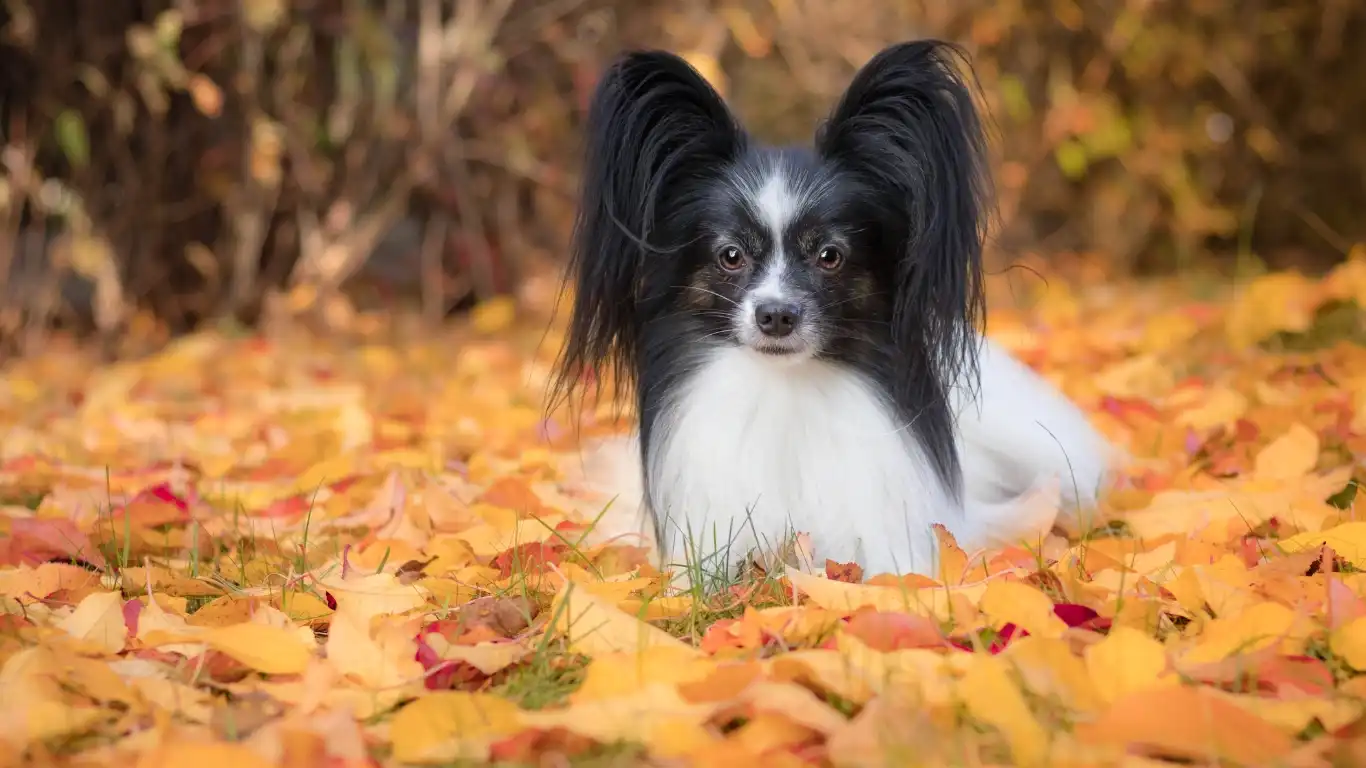
One of the more overlooked aspects of an indoor setup is controlled socialization. Now, I’m not talking about throwing a puppy party every Saturday, but if you’ve got multiple dogs or invite a friend’s pup over, your indoor play zone becomes a mini dog park—without the chaos and mud.
Setting Boundaries for Group Play
Supervise all dog interactions, especially at first. Watch for body language cues like stiff tails, lip licking, or growling. These signs help you intervene before things escalate. I’ve seen too many well-meaning playdates go sideways because pet parents didn’t notice subtle warning signs. Dogs are communicating—they just don’t use words.
Keep the Environment Neutral
If your dog is a little possessive of their toys or space, remove high-value items during group play. You can reintroduce them later for solo time. I usually rotate in low-arousal toys like ropes or plushies and skip the food-dispensing toys unless I know both dogs are super tolerant.
Support Slow Introductions
If you’re bringing a new dog into the play area, use gates or crates for an initial sniff-through. I’ve done this at the clinic dozens of times, especially when assessing compatibility. Give them time. Not every pup clicks immediately—and that’s okay.
Monitor Health and Weight With Play-Based Tools
Let’s bring it back to one of my favorite subjects—health and nutrition. An indoor play space is a goldmine for monitoring your dog’s well-being. I always recommend clients keep tabs on their dog’s energy levels, appetite, stool quality, and activity levels—and you can do a lot of that just by observing them in their zone.
Track Activity Without the Tech
You don’t need a fancy collar tracker to know if your dog’s been active. I like using a simple checklist. Did they:
- Engage in at least one enrichment activity?
- Show excitement or interest in a toy or puzzle?
- Seem tired but content afterward?
If the answer’s yes to all three—you’re nailing it. If not, it might be time to spice things up or schedule a vet visit if energy is unusually low.
Weight Management Through Indoor Play
Many dogs gain weight during bad-weather seasons when walks get cut short. Your indoor space can offset that—but only if you’re strategic. Mix active play with low-calorie treats or use kibble during training games to avoid overfeeding. I also tell clients to measure food with a scale, not a scoop, especially when increasing treat-based enrichment.
For more resources on canine health and activity guidelines, I recommend checking out AKC or the veterinary nutrition section at PetMD.
Refresh the Setup Every Few Months
Even the best space gets stale. I make a habit of changing up my dogs’ indoor zones every 3–4 months. A new rug, a different layout, or swapping toy bins can make the area feel brand new. You don’t have to spend a dime—just rotate what’s already in your arsenal.
Ideas to Freshen Things Up
- Rearrange: Move obstacles, beds, or toy bins to new spots.
- Seasonal Themes: Add seasonal textures or themed toys—think pumpkin-scented plushies in fall.
- Change Lighting: Try softer lighting in the evenings or add a dog-safe nightlight for cozy vibes.
I’ve even had success using soft music in the background—classical or calming playlists made for dogs can be a real hit, especially for nervous pups. There’s some evidence that music therapy helps dogs in shelter settings, and it works in homes too.
Final Thoughts and Encouragement
At the end of the day, creating a safe indoor play area for dogs isn’t about being perfect—it’s about being intentional. Your dog doesn’t care if the mats don’t match the curtains or if the toy bin is an old storage crate. What they care about is time with you, stimulation, safety, and consistency.
As a vet tech with years in nutrition and behavior consults, I can confidently say that indoor enrichment is one of the most underrated tools for overall wellness. You’re not just creating a play zone—you’re building trust, boosting health, and giving your pup a life that’s more than just “good enough.”
If you ever doubt whether you’re doing it right—look at your dog. Tail wagging? Relaxed eyes? Play bow on repeat? You’re on the right track.
References
Disclaimer
This article is based on my personal experiences and professional background as a veterinary technician specializing in canine nutrition. It is intended for informational purposes only and should not replace personalized advice from your veterinarian or certified behaviorist. Every dog is different—what works for one may not be suitable for another.

